Why Work Instructions Matter
Work instructions bridge the gap between training and execution.
They tell employees exactly how to complete a task, ensuring consistency, accuracy, and efficiency.
But who actually writes work instructions?
If they’re assigned to the wrong person, they can be:
❌ Too vague – Missing details lead to mistakes
❌ Too long – No one reads walls of text
❌ Too confusing – Overcomplicated language causes errors
This is why technical writers play a critical role in writing work instructions that people actually follow.
Who Needs Work Instructions?
If your company struggles with:
- Employees asking the same questions repeatedly
- Tasks being completed inconsistently
- Training taking too long because new hires can’t follow instructions
Then you need professionally written work instructions.
What Makes Good Work Instructions?
A technical writer ensures work instructions are:
📌 Clear and concise – Simple language, short sentences
📌 Visually structured – Flowcharts, screenshots, numbered steps
📌 Consistent – Follows standard formatting and branding
📌 User-friendly – Written for the employee using them
Without these elements, work instructions get ignored.
Why You Need a Technical Writer for Work Instructions
Many businesses assume anyone can write work instructions.
But when badly written instructions cause errors, productivity drops.
A technical writer ensures:
✅ Tasks are performed consistently
✅ New hires get up to speed faster
✅ Workplace efficiency improves
Need professionally written work instructions?
At Aliso Digital, we create clear, structured work instructions that employees actually use.
👉 Visit Aliso Digital to get expert work instructions today.






